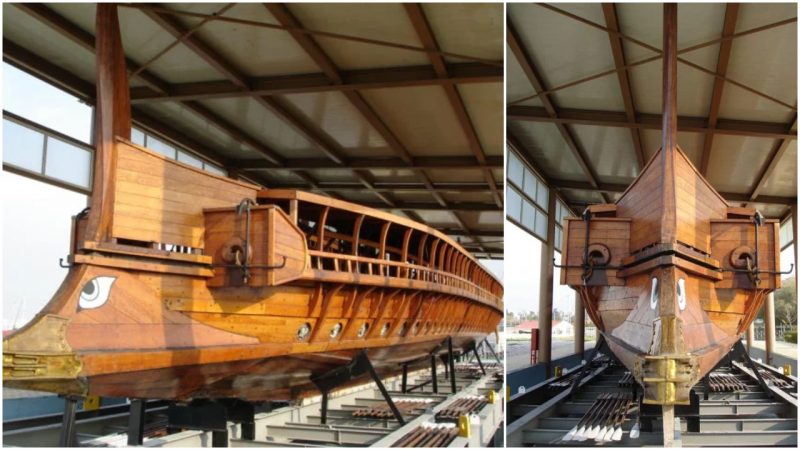The trireme was an ancient type of vessel that was used by maritime civilizations of the Mediterranean. It was not the perfect ship: it couldn’t carry any significant quantities of food or water because it lacked storage space on board. However, it seems to have been the perfect battleship. Efficient on calm and shallow waters, quite easy to navigate, and very fast.
It is said that triremes largely helped Athens become the maritime power of the Aegean during the 5th century B.C. The people of Athens had a large fleet of trireme vessels at their disposal and they used it in numerous battles, as well as controlling the seas. In 480 B.C. one of the most famous naval battles which involved triremes took place. In the instance, the Hellenic League, mainly representing Athens and Corinth, confronted the Persians at the battle of Salamis. It was a decisive victory for the Greek side, after which their influence and power over the Aegean region significantly strengthened.
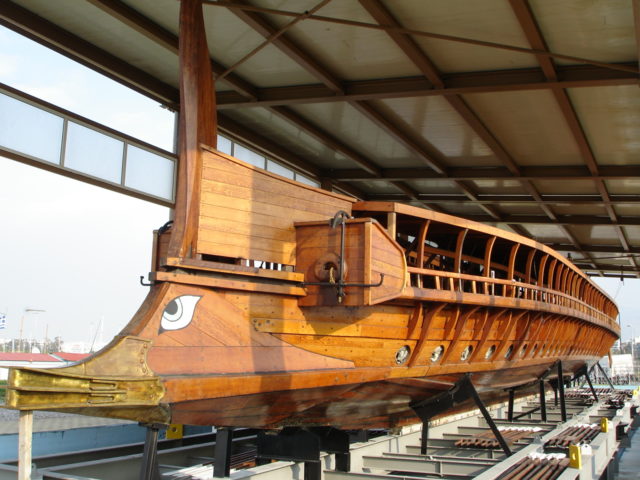
Athens may have benefited the most from investing in a large fleet of triremes, but it was the Phoenicians who are largely credited with inventing the vessel. According to more accounts, it was the Corinthians who brought the triremes into Greek territory, around the seventh century B.C.
Fast forward in time, the HS Olympias makes for an astonishing reconstruction of a trireme that can nowadays be seen in the dry dock in Palaio Faliro in Athens. The construction of this trireme model happened first and foremost thanks to the Greek Navy, and it is thought to be the sole example of this type of vessel in the world.
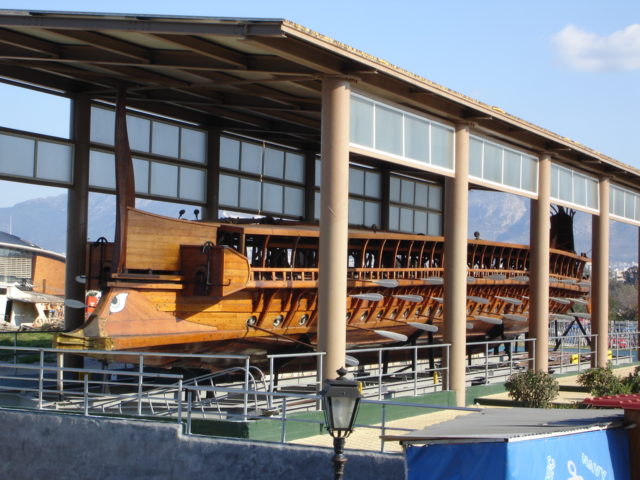
Its construction commenced during the mid-1980s, and all work was done by 1987, when the vessel also had its first trial on the sea. On the occasion, some 170 people volunteered and crewed Olympias as its oarsmen and oarswomen. Several more trails were carried at sea in the early 1990s.
All demonstrations with the Olympias showed that the trireme is able to reach a velocity of nine knots and that it is capable of performing some clever maneuvers, such as turning itself around 180 degrees in about a minute. That all confirmed the authenticity of historical accounts that wrote of the amazing possibilities with triremes at sea.
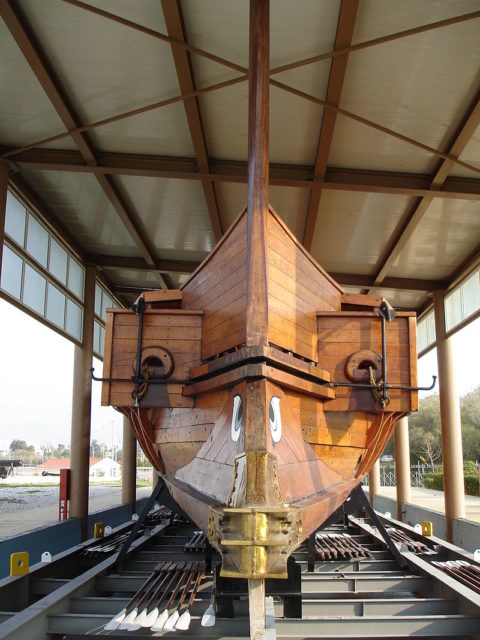
The ship was built according to drawings made by British naval architect John F. Coates, in close collaboration with J. S. Morrison, a classicist historian and Professor of Greek. The two men, along with writer Frank Welsh, set up the Trireme Trust in 1982 as a platform for collaborative research on the design of the ship. Other experts were also engaged in the ancient vessel reconstruction project, such as Charles Willink, a classics teacher well affiliated with Greek history, art, and literature.
The Hellenic Navy acted as the main initiator and also one of the major sponsors for building the trireme, but they were additionally supported by individual donors and trireme aficionadi.
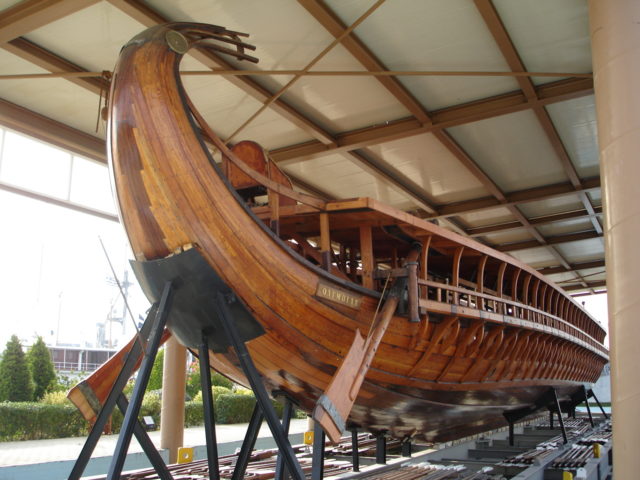
Several different materials were used for building the Olympias, including Virginia oak, Oregon pine, and Iroko woods. The vessel’s bow was decorated with a bronze ram weighing some 440 pounds, reportedly a good copy of one that is currently housed in the quarters of the Archaeological Museum of Piraeus. In ancient Greek days, the bronze ram would have served as the main weapon. The deadliness of this element was further enhanced by the trireme crew who would have pointed their spears out past the bow during maritime battles.
However, not all elements of the vessel were faithfully copied in this modern recreation of the ancient vessel. Reportedly, it was hemp that was used for producing one of the key elements of the trireme, its hypozomata, or bracing rope. In the modern replica, steel cables were used as an alternative.
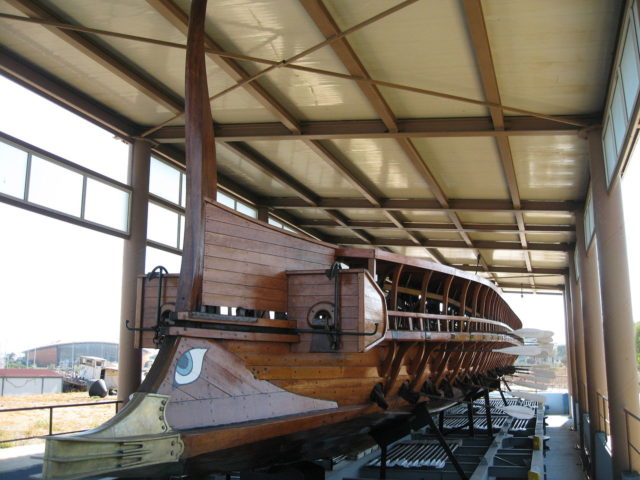
The hypozomata would have largely helped the trireme against waves as the rope is mounted under the vessel’s deck, and it ties the bow and the stern of the vessel together. After every voyage at sea, the ancient Greeks made sure to check if the hypozomata is well tightened. If it wasn’t, they regularly amended it.
Except for the sea trials, Olympias was used in several prominent events, including the 2004 Olympic Games in Athens when it participated in carrying the symbolic Olympic Flame for a part of the route from Keratsini Port to the main port of Piraeus.
